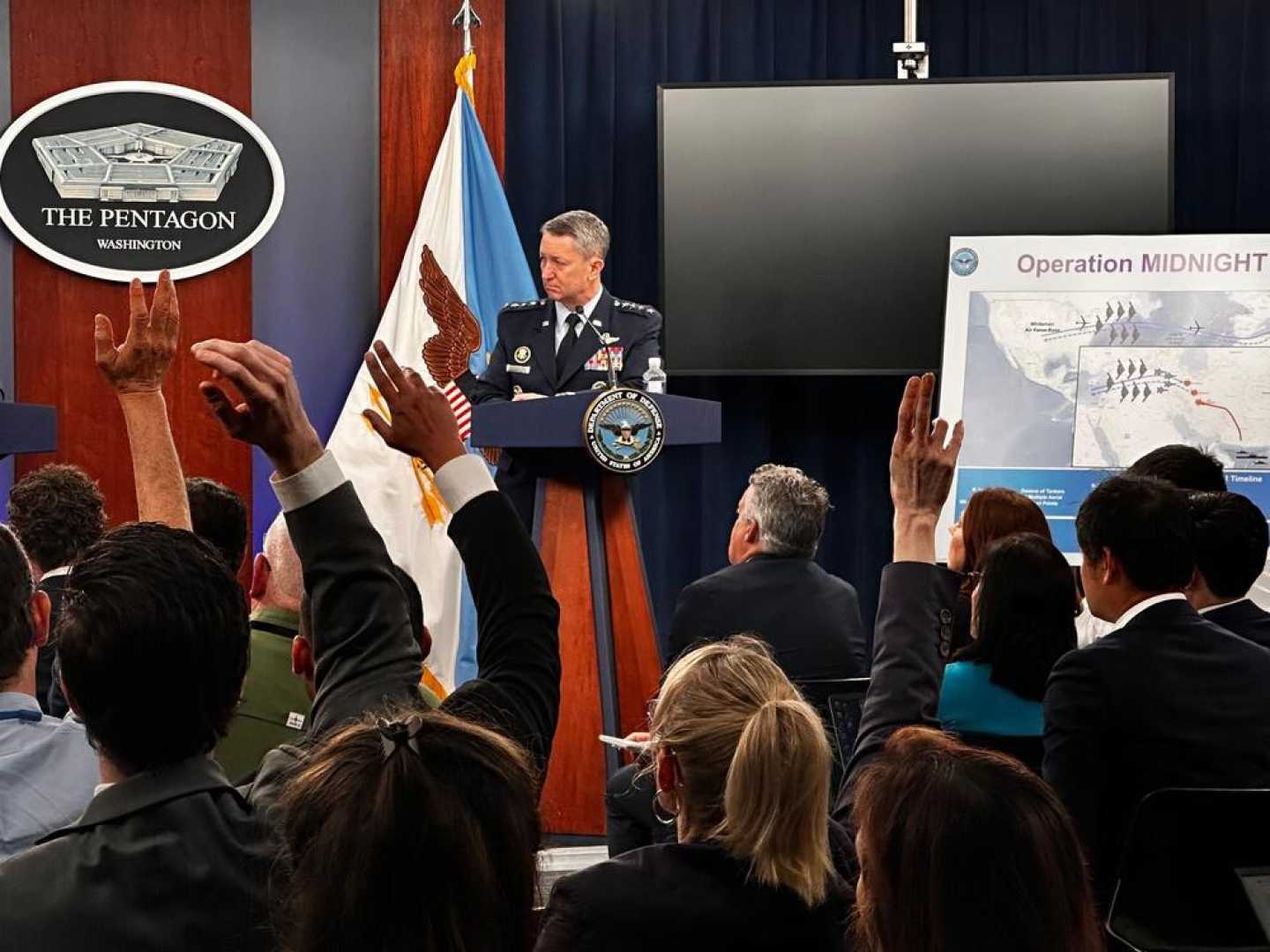News
Pentagon Reveals Details of U.S. Strikes on Iranian Nuclear Sites

WASHINGTON, D.C. — The Pentagon disclosed new details Thursday about the U.S. military strikes on three Iranian nuclear facilities, which were carried out over the weekend. Defense Secretary Pete Hegseth described the operation as one of the most complex in U.S. military history during a briefing.
Hegseth’s remarks came alongside Joint Chiefs of Staff Chairman Gen. Dan Caine, who provided insights into the extensive preparations that preceded the airstrikes, particularly at the underground Fordow facility. Caine emphasized that the mission utilized advanced technologies and involved significant team coordination.
Despite the Pentagon’s optimistic claims, the briefing did not provide conclusive evidence to support President Donald Trump‘s assertion that the strikes “obliterated” Iran‘s nuclear capabilities. Instead, early intelligence assessments indicated that the operation might only have delayed Iran’s nuclear ambitions by a few months.
Gen. Caine highlighted the rigorous planning that included studying the Fordow site for over a decade, leading to the use of Massive Ordnance Penetrators designed to breach its fortified walls. He explained that intelligence had revealed Iran was reinforcing the facility just before the strikes.
The operation, conducted by B-2 stealth bombers on June 21, saw the use of twelve specialized munitions targeting two ventilation shafts at Fordow. Caine said all bombs were accurately deployed as intended, and footage of the strikes demonstrated their effectiveness.
Amidst the public disclosure, concerns were raised regarding the effectiveness of the strikes. An internal Defense Intelligence Agency report suggested that the strikes did not significantly damage Iran’s critical nuclear infrastructure. Both Hegseth and Caine preferred to defer questions on the specific impacts of the strikes to the intelligence community.
As military officials discussed the operation, the response from the Iranian government was swift. Iran’s leaders accused the U.S. of deliberately spreading misinformation regarding the strikes, claiming some nuclear materials were evacuated before the attacks. Caine dismissed these claims during the briefing, stating there was no credible intelligence to support them.
The Pentagon has not yet been able to ascertain the full extent of damages at the other two sites targeted, Natanz and Isfahan, which were not discussed in detail during the briefing. The continuing developments around the strikes and their aftermath will be closely monitored by U.S. intelligence and defense officials.
Both Hegseth and Caine ended the briefing by reiterating their commitment to assessing the ongoing situation in an effort to ensure that U.S. national security was maintained.












